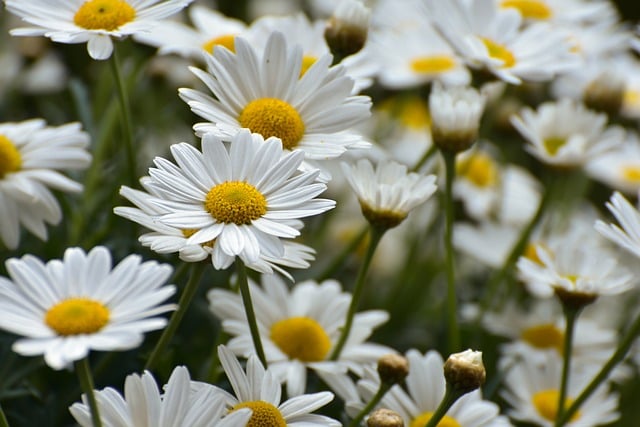Menu Lifestyle
Creating Art Is Beneficial for Your Well-Being (Even If You’re Not Great at It)
By Samantha Turner
September 3, 2023
One afternoon, feeling overwhelmed and entirely alone at home, I stumbled upon my daughter’s old pottery wheel. It had always been tucked away, neglected while I juggled helping her with all sorts of creative activities. But today was different: there were no kids around, no partner to critique my efforts, and absolutely no judgment.
With a mix of excitement and trepidation, I pulled out the clay, tore off a chunk, and settled at the small table. My thumbs pressed into the soft mass, and I began to moisten everything. As I pumped the pedal, the clay started to spin, and I found myself sculpting with a fervor that surprised me.
For that fleeting half-hour, my worries faded away as I focused solely on the clay. I might not have been a master potter, but that didn’t matter. I added clay here, smoothed it there, and manipulated it with some basic tools. It wasn’t a masterpiece, perhaps more fitting for a child’s art show than a gallery, but I created a pot! The pride I felt was immense, and strangely, all my stress seemed to dissipate. I was left feeling joyful and, dare I say, a bit silly.
This isn’t just a personal anecdote; research backs up the benefits of art-making. According to Business Insider, engaging in creative activities can significantly reduce stress and anxiety. A study published in Art Therapy indicated that after just 45 minutes of crafting, participants experienced a drop in cortisol levels, regardless of their artistic skills. The takeaway? It’s not about the final product; it’s about the act of creation itself.
Furthermore, the Huffington Post highlights studies showing that creating visual art can provide substantial benefits for individuals dealing with chronic illnesses. Art can distract from negative thoughts, enhance emotional well-being, and even decrease symptoms of depression and anxiety. Who wouldn’t want those advantages in their life? Notably, these positive effects are unrelated to artistic talent or formal training; they stem from the simple act of making art.
Creating art can also elevate your self-esteem. When you display your artistic endeavors, like magneting your child’s latest drawing to the fridge, you may also feel a swell of pride when you look at your own creations. I know I do when I see my oddly shaped pot. This sense of pride is linked to dopamine release, the “feel-good” neurotransmitter that enhances focus and concentration while stimulating new neuronal growth. This boost happens regardless of the medium you choose—whether it’s knitting, photography, or crafting.
Art becomes even more crucial in times of illness. A study in The Journal of Psychosomatic Medicine revealed that expressive writing improved immune function in HIV patients, showing that creative expression can lead to real physiological changes.
Additionally, making art fosters communication between brain cells, which may help protect against conditions like Alzheimer’s. It enhances problem-solving abilities and encourages creative thinking, engaging both hemispheres of the brain—essential for complex tasks like language acquisition and music.
Even adult coloring books offer benefits; as noted by CNN, researchers advocate for coloring as a form of meditation. This activity can reduce anxiety, improve focus, and create mindfulness. For those hesitant to try more traditional forms of art, coloring provides a safe space to unwind without the fear of failure.
In short, our younger selves knew the truth: creating art is beneficial for your mental health, physical well-being, and emotional state. It alleviates stress and depression, enhances health, and promotes neural connectivity. And the best part? You don’t need to be a professional artist. Even simple activities like coloring count.
So, dust off that pottery wheel, grab some watercolors, or indulge in an adult coloring book. Consider crocheting a blanket or belting out your favorite tunes. Or simply jot down your thoughts. Whatever you choose, engaging in art is likely to enrich your life. Remember, it’s not about perfection; it’s about the effort you put in. You might find yourself feeling just as proud of your unique creation as I do of my quirky pot.
For those interested in exploring more about the intersection of creativity and well-being, check out this resource from our experts. And if you’re looking for more information on pregnancy, including home insemination, visit ACOG’s guide for valuable insights.
Summary
Creating art is a powerful tool for enhancing mental and physical well-being, regardless of skill level. Engaging in artistic activities reduces stress, boosts self-esteem, and can even lead to improved health outcomes. The effort you put into making art is what truly matters, not the final product.
